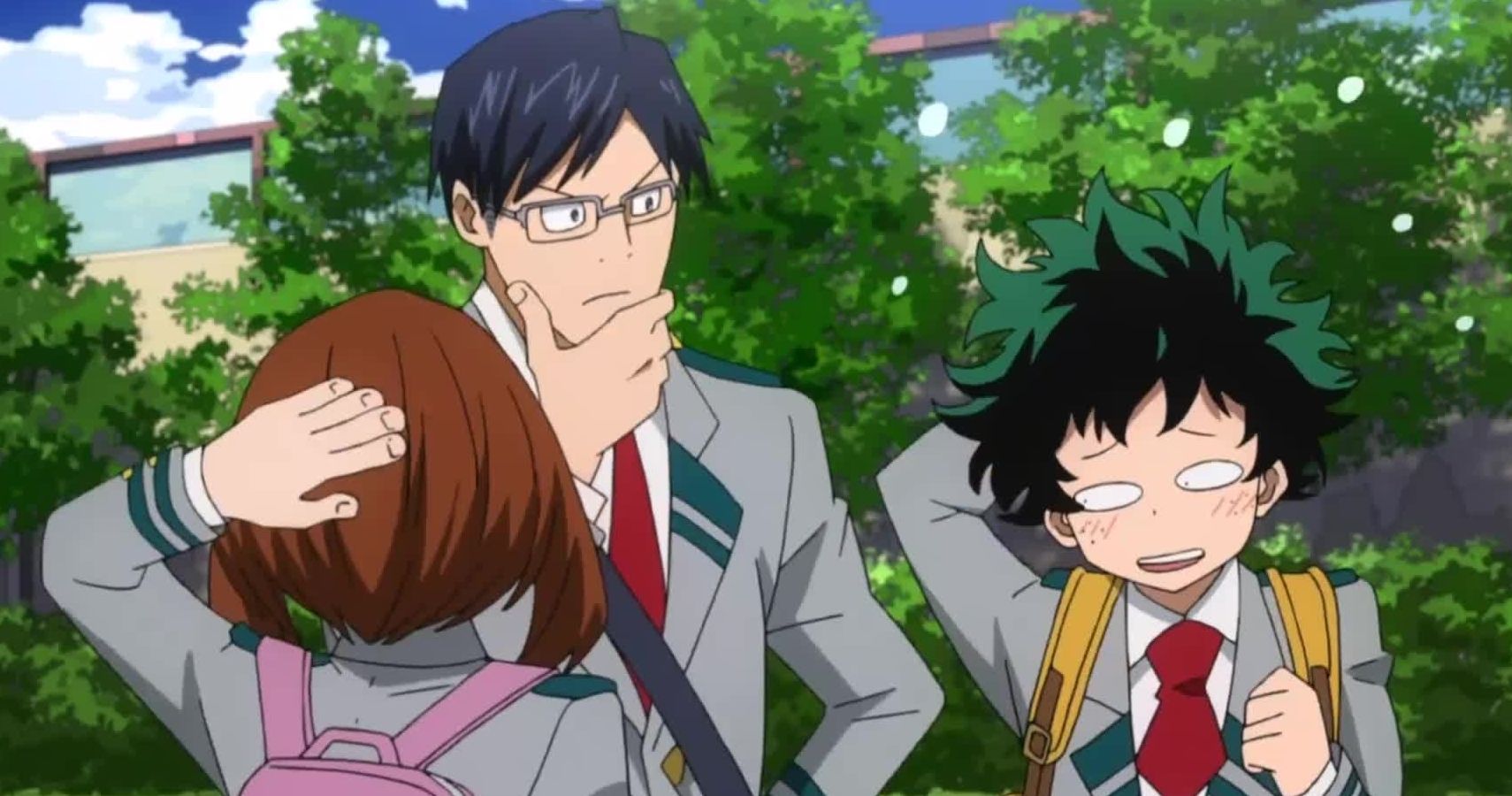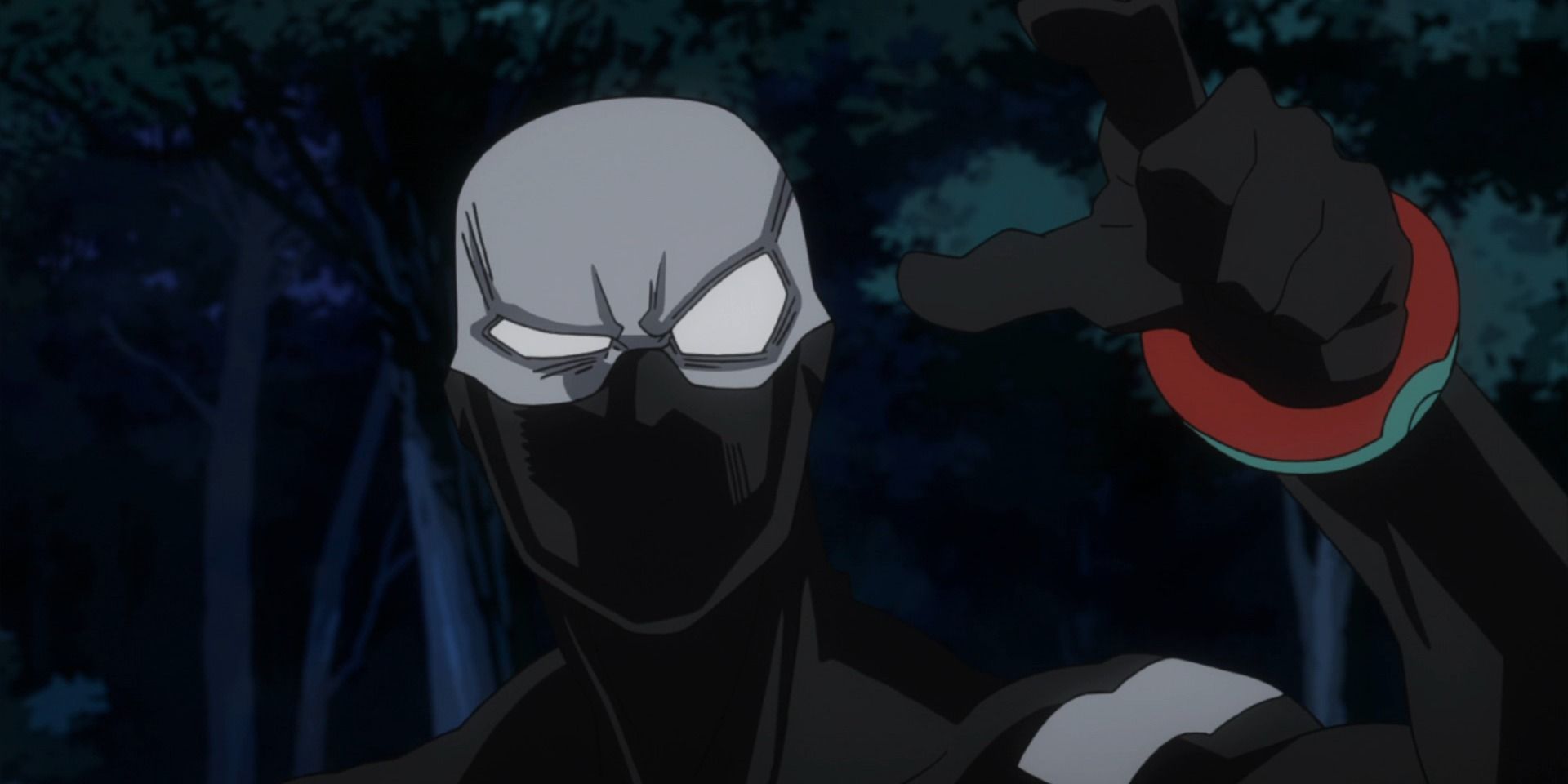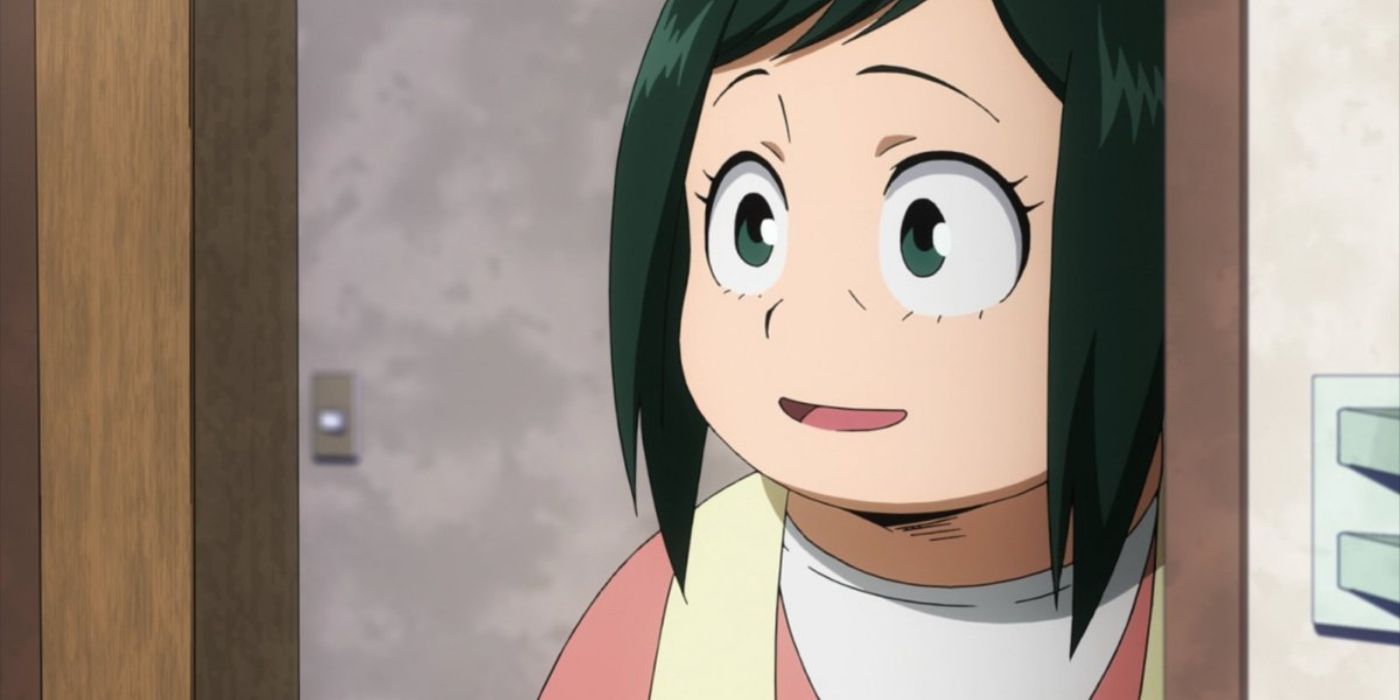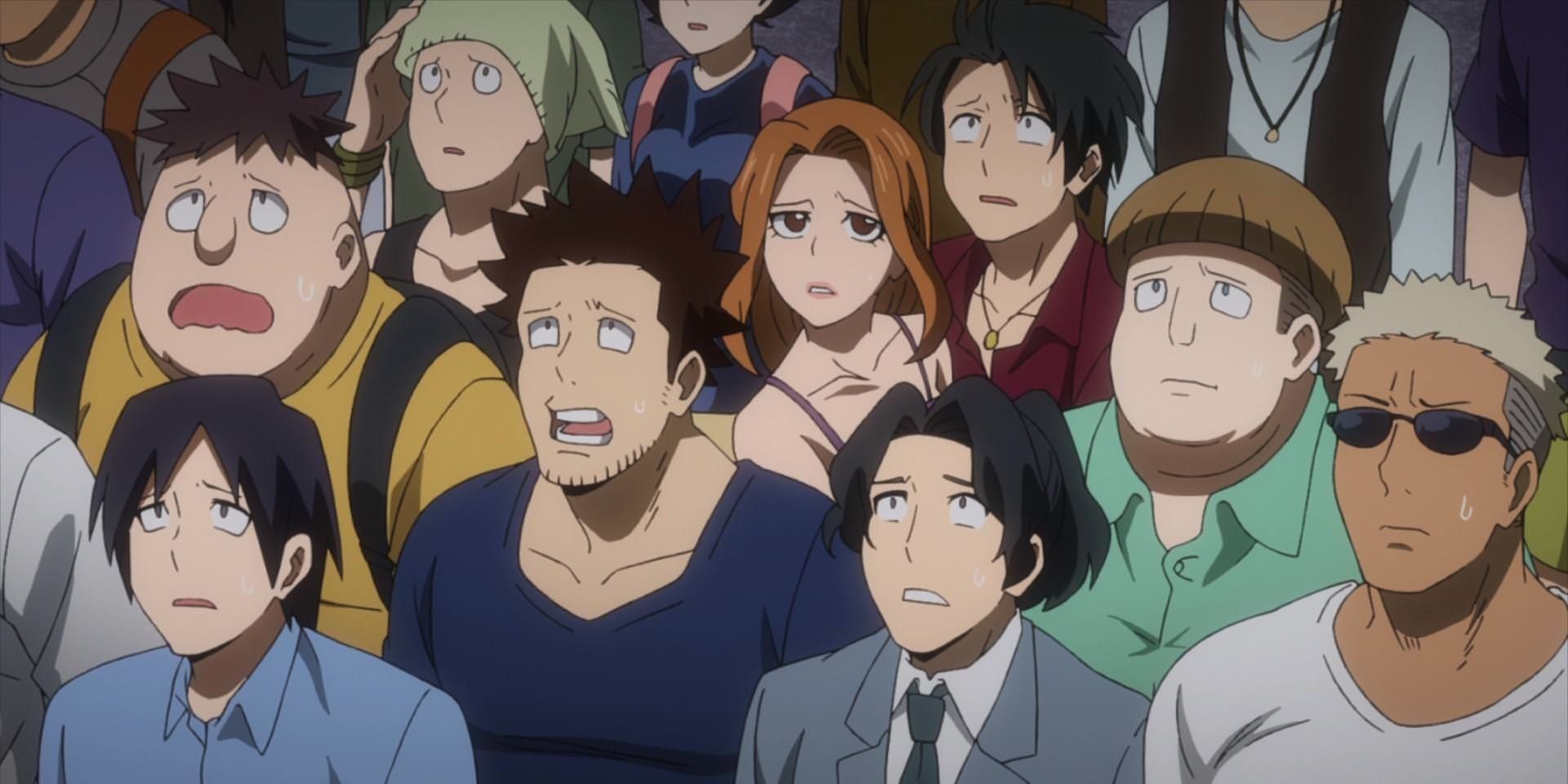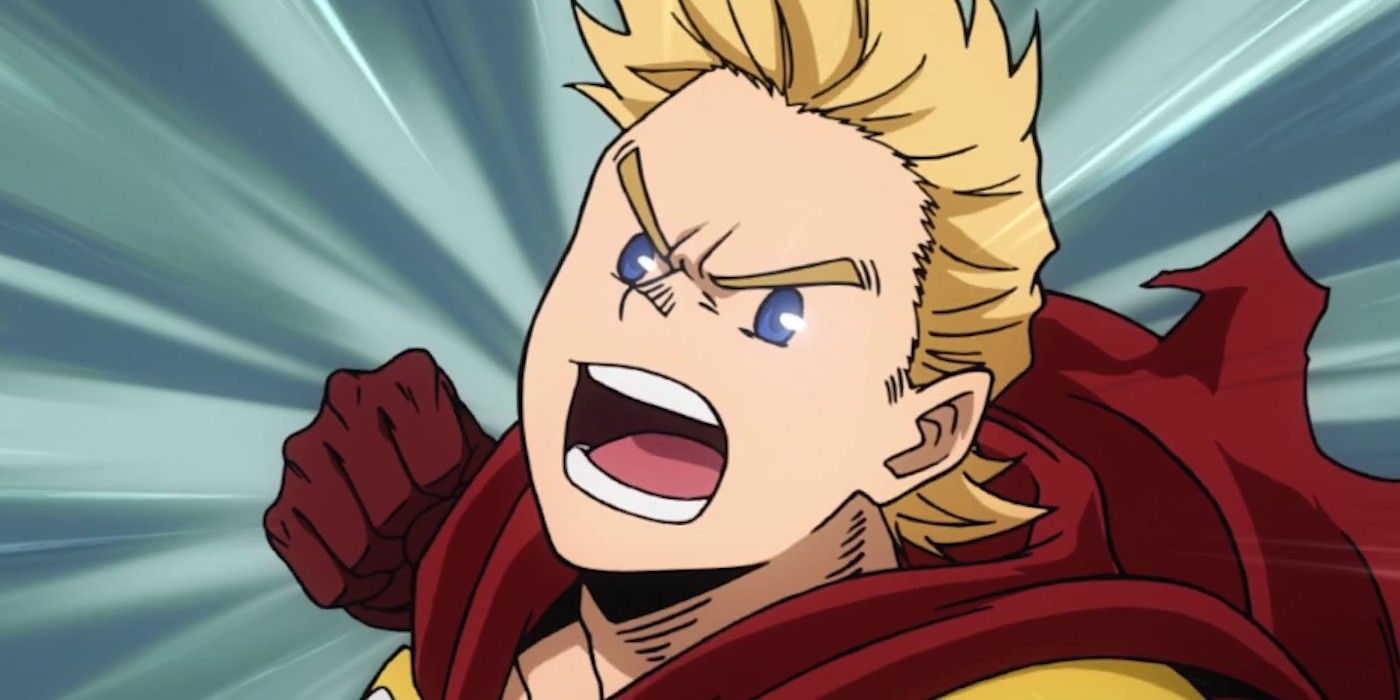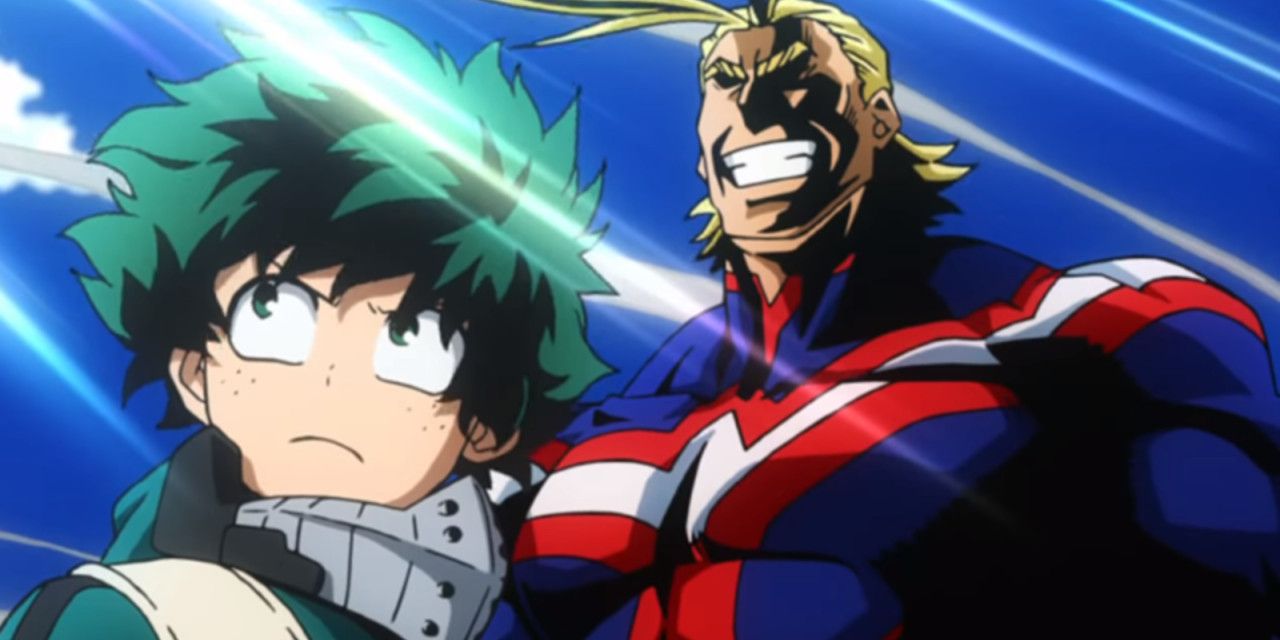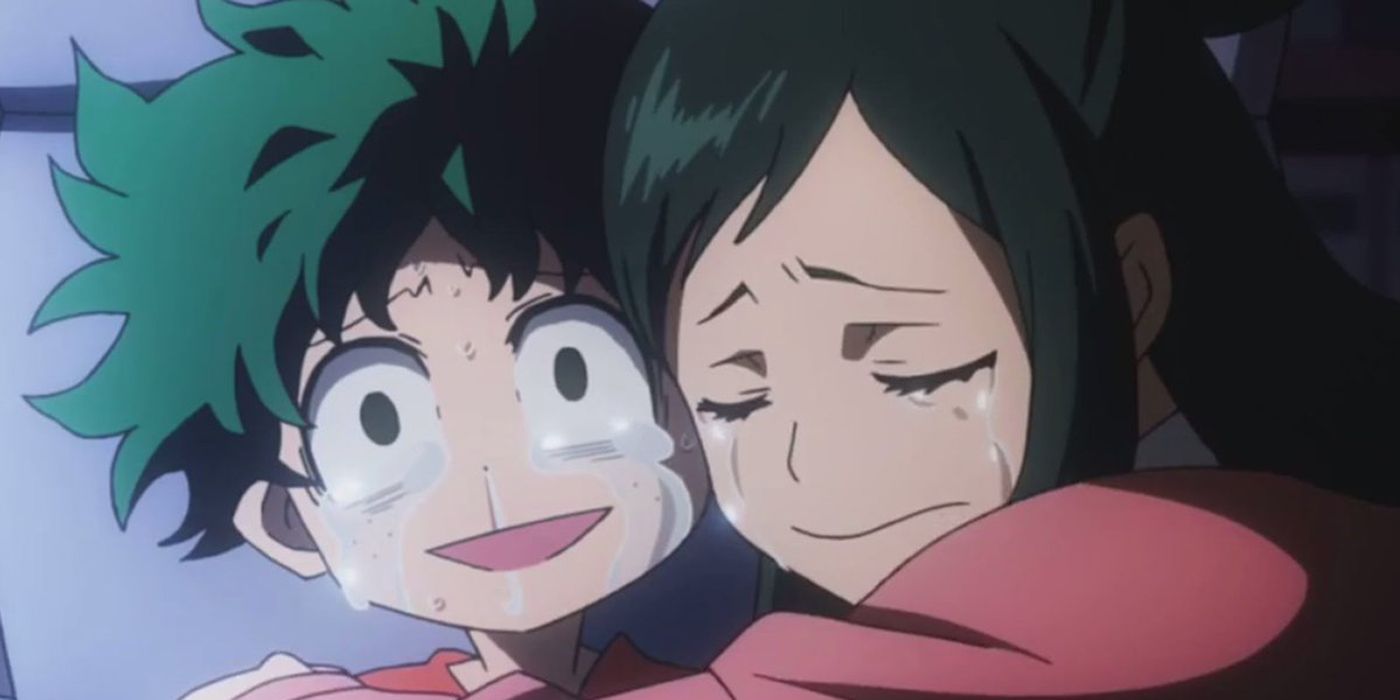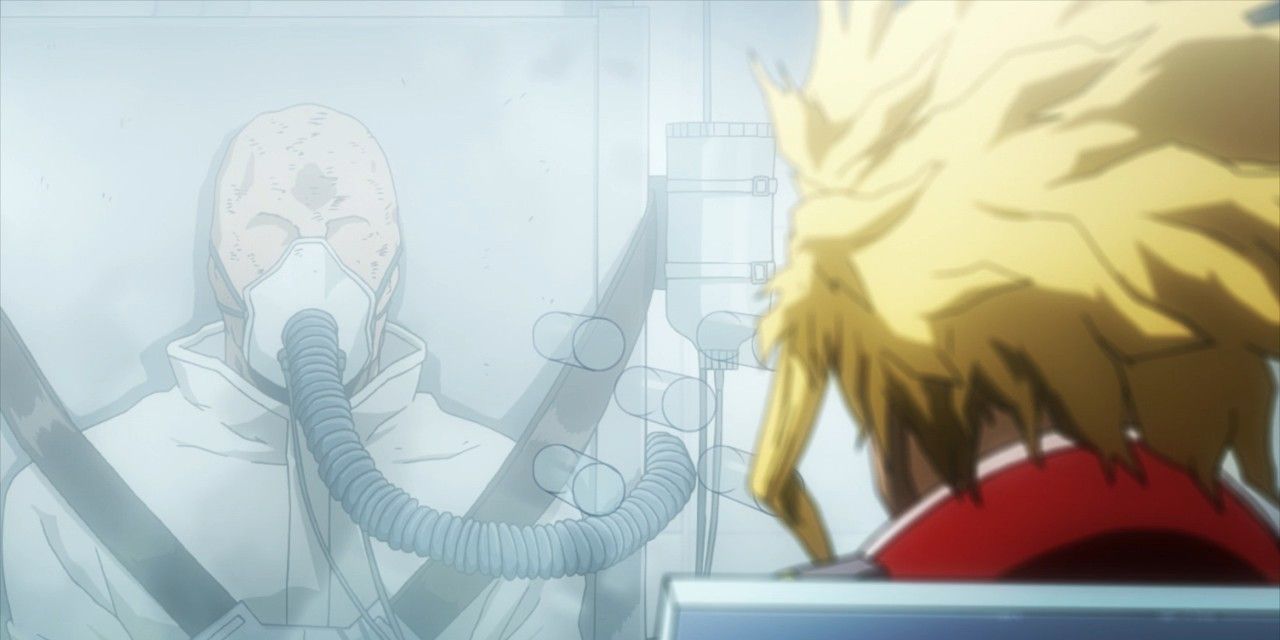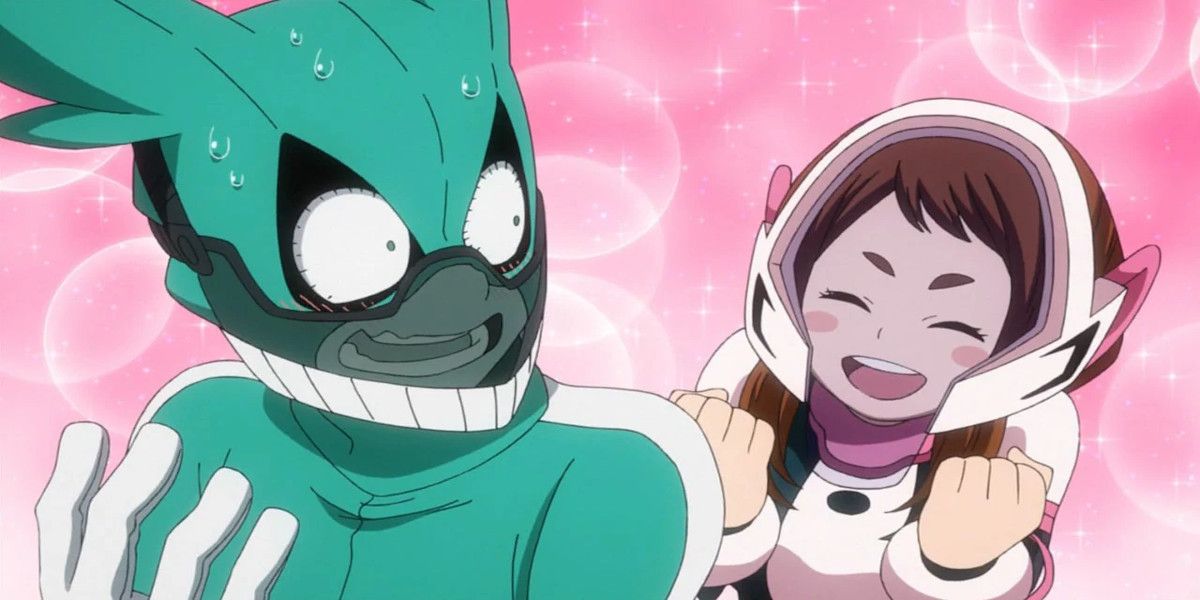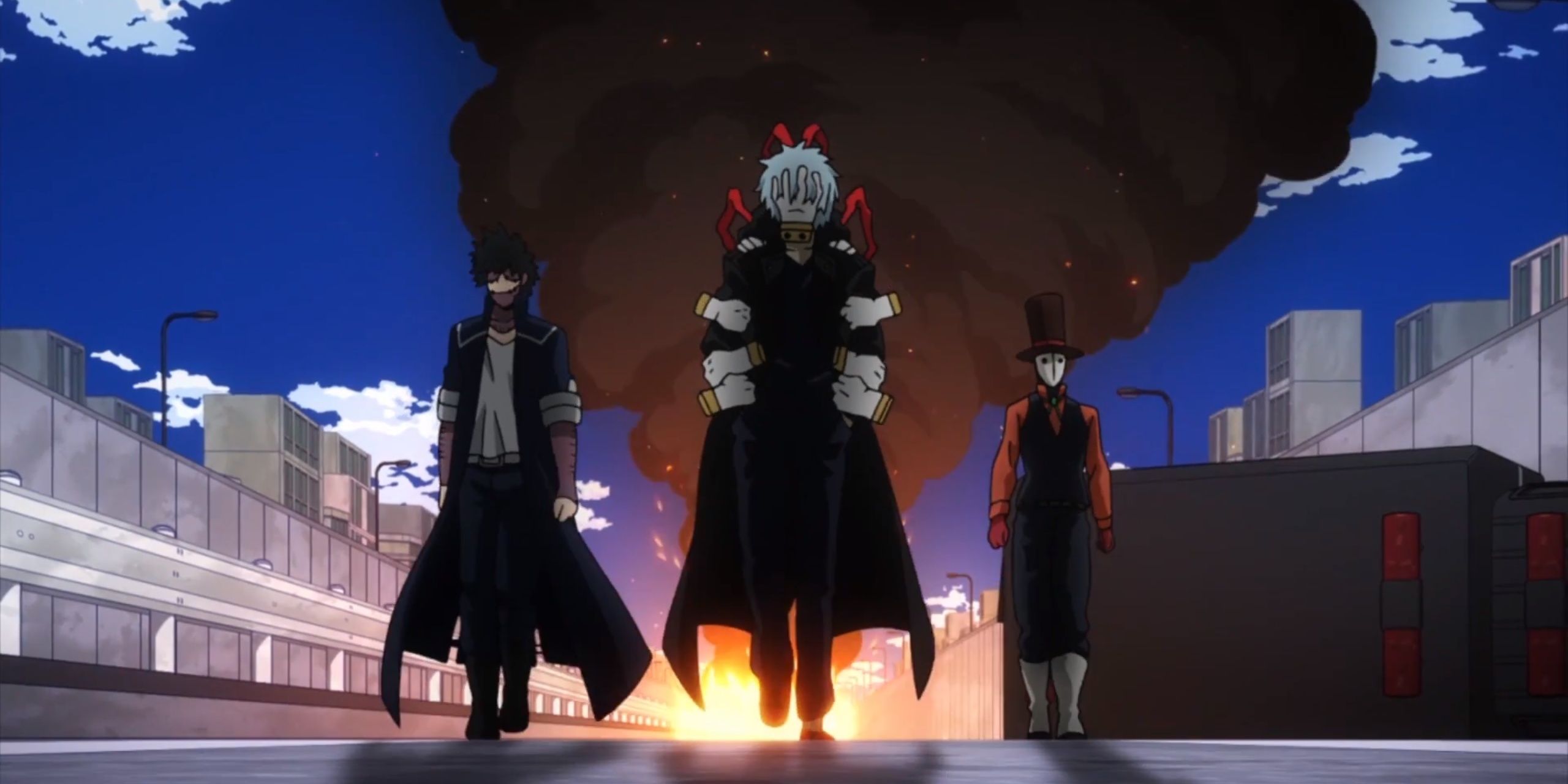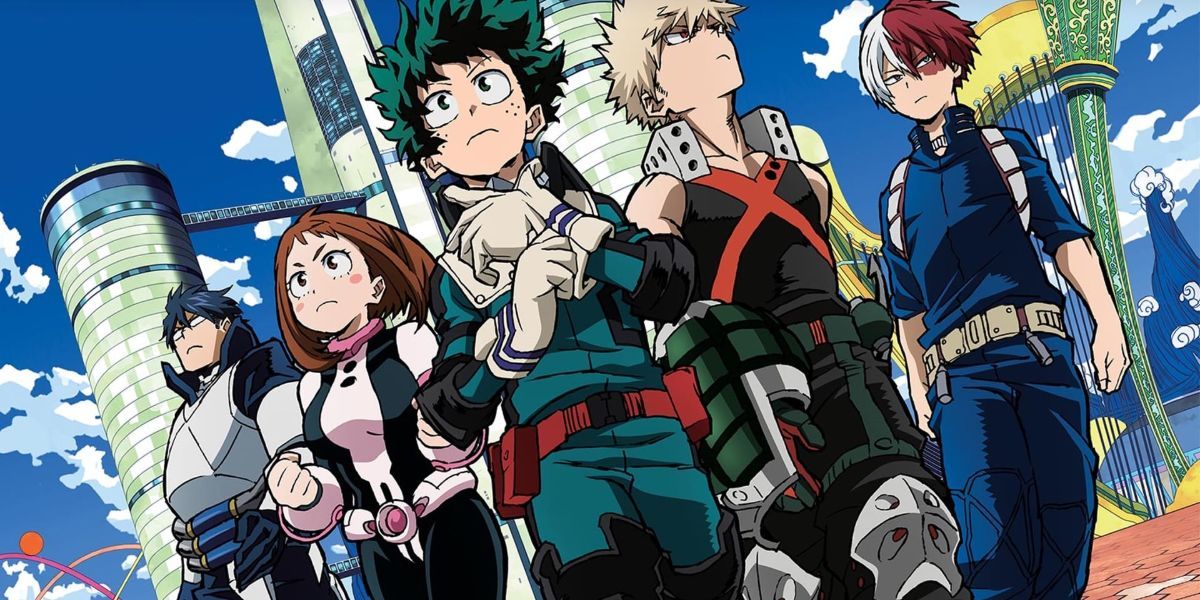Anime has gained widespread prevalence and popularity over the past few decades. With a fan-favorite gallery of classical anime and continuous production of new ones that captivate audiences worldwide, the industry is sure to only spread further. Among the newer anime which has established a dedicated fanbase that only grows in numbers is Horikoshi's My Hero Academia.
With many predecessors in the hero genre before it in both the West and East, however, there is bound to be an overlap between the themes found in MHA and other stories of the same genre. In fact, some of the tropes used in the story are often overused and overdone, but fans can't help but forgive the anime for everything else it has to offer. In case you've never taken notice, though, here's a list of superhero and shounen tropes and cliches in My Hero Academia the anime gets away with.
10 Superhero Cliche: Villains Can't Win
While we all root for the hero of the story to win, sometimes it comes off weird how the villain basically never stood a chance. Even if the villain seems to have the upper hand in the situation, whatever victory they may celebrate is sure to be brief.
This trope plays out in every battle we've seen in MHA thus far. Of course, the heroes suffer some form of long term damage, and we've even witnessed the first on-screen death of the series in the last season. However, all that said, we are yet to see the villains truly win. They've infiltrated USJ? Well, too bad All Might got there. They kidnapped a student? Well, too bad both All Might and UA students got there. They created an advanced Nomu that should basically be indestructible? Well, there's bound to be a more powerful hero.
9 Shounen Trope: The Absent Parent
What does Midoriya have in common with Naruto, Ken Kaneki, Erin Yeager, and undoubtedly every shounen protagonist? The absence of at least one or more biological parent. In fact, the lack of healthy and whole parental presence in both shounen manga and anime has long been a meme within the anime community.
In this case, our main protagonist Izuku has a questionably absent father who is rarely mentioned. While Horikoshi has previously said that he intends to bring the mysterious Hisashi Midoriya into the story at some point, both manga and anime fans are yet to see any trace of the father.
8 Superhero Cliche: Nonexistent Civilian Casualties
Technically, it is a hero's job to save civilians and make sure that no harm comes to them. Ideally, no one on the crime scene would have to get hurt. That said, it gets suspicious when the mortality rate of civilians in the presence of a hero hits a solid 0%.
It is very rare that fights in the MHA universe don't include destruction of some kind in addition to the violent villain threat, yet, somehow, the heroes always manage to completely evacuate the area. Any civilian deaths or injuries we witness always occur in a setting in which there are no heroes to begin with; such as the case of those turned to Nomus or those outright killed by the villains during their youth.
7 Shounen Trope: Shouting the Attack Move
Among the most baffling tropes in shounen anime is the hero's tendency to shout their attack move's name. One would think this would be a rookie mistake in a world of powerful villains that can negate your attack if they're familiar with your attack names, yet even adult Pro Heroes seem to do this.
In one manga chapter, however, Mt Lady explains that there is a reason for this habit outside of a simple trope. The heroine states in the manga that shouting your attack move serves to gain the trust of the civilians by making them familiar with your image and power. Additionally, teammates or nearby heroes can assist you with a combo attack if they know what you're going to use. Whether that is an excuse or a valid reason, a trope is still a trope.
6 Superhero Cliche: No Blood on the Hero's Hand
Most often associated with traditional superheroes like Superman and Batman, this cliche has made its way into My Hero Academia and many shounen animes as well.
Despite how brutal attack moves may seem, none of the heroes really aim to kill and they never do. Unless you count Nomus (who are no longer human), even the most powerful of hero attacks seem to only debilitate the over-powered hero long enough to detain them. It seems a bit pacifistic, but it is fitting with the hero persona.
5 Shounen Trope: Weak Start
In western comics, heroes tend to either have unrestricted access to their powers or be over-powered by their sudden manifestation; however, a more common trope in shounen anime and manga is that of a hero's journey to gaining power or simply becoming more powerful. In this case, we see this trope clearly represented in Midoriya's character arc.
At the start of the series, the Izuku we are introduced to is quite weak to the point of being a pushover and bullying target. Though quirkless and an extreme crybaby, he quickly proves that he has what it takes to be a hero in his courage and instinctive need to save Bakugo from the slime monster. Even when Izuku gets a quirk, he still has to grow into his power and undergo challenges in order to progress to the hero we see later on.
4 Superhero Cliche: Jail is the Only Punishment
In addition to rarely killing villains, traditional superheroes have introduced us to the frustrating cliche of never subjecting them to punishments worse than jail time. It seems that in most idealistic hero societies, capital punishment is not an option no matter the body count of the villain, and My Hero Academia is no exception.
Despite One For All's many egregious crimes from murder to quirk theft, he is simply detained in what seems to be a maximum surveillance prison; which many fans have already speculated is likely to end in some sort of scandalous escape. Additionally, even someone who has maimed and killed so many heroes as well as gathered a devoted cult following that believes in his philosophy such as Hero Killer: Stain only gets thrown into a prison cell. At some point, it starts to feel like the law system wants a prison escape arc.
3 Shounen Trope: First Girl = First Love
While this trope extends past the shounen genre, it makes a prominent appearance both there and within My Hero Academia. As a general rule, the first female to share the screen with our protagonist - usually to get saved by him - will most likely end up in a romantic relationship with him. Bonus points if one of them has a crush on the other that is utilized for comic relief.
We see this trope clearly represented between Izuku and Uraraka as the latter slowly begins to realize she might like the young hero after being questioned by Aoyama. Not only does this bring up another aspect of this trope (the blissfully-ignorant-until-others-make-comments development), but it fits this cliche too accurately. Not that fans of the ship are complaining.
2 Superhero Cliche: Rolling 20 on Escape Skills
A well-established cliche in supervillains is that the stronger of a threat they are, the better they'll be at making an escape. It is a skill which many comic villains have honed, and the main villain of MHA seems to have taken notes.
No matter how disastrous his plan turns out to be, Shigaraki seems more capable of escaping when things head south than salvaging what he is left with. While there have been villains with more fearsome and powerful quirks than his, he still reigns as the main antagonist of the series if only due to the longevity of his arrest evasion.
1 Shounen Trope: Go Beyond Plus Ultra
Any fan of My Hero Academia will be familiar with the school motto which urges its students to go beyond "plus ultra" or the point of no beyond. However, any anime fan will also realize that motto is very similar to a shounen trope of heroes going beyond physical or mental limitations when the plot requires it with minimal consequence.
We see this trope in many characters in the anime from the students and all the way to the Pro Heroes. The latest season of MHA is one of the best examples of this shounen cliche as we see many characters push past their limits from Deku to Endeavor. While it has been overused to the point of becoming a laughable staple of the genre, viewers can't deny the excitement in witnessing their favorite characters "going beyond plus ultra" on screen.

